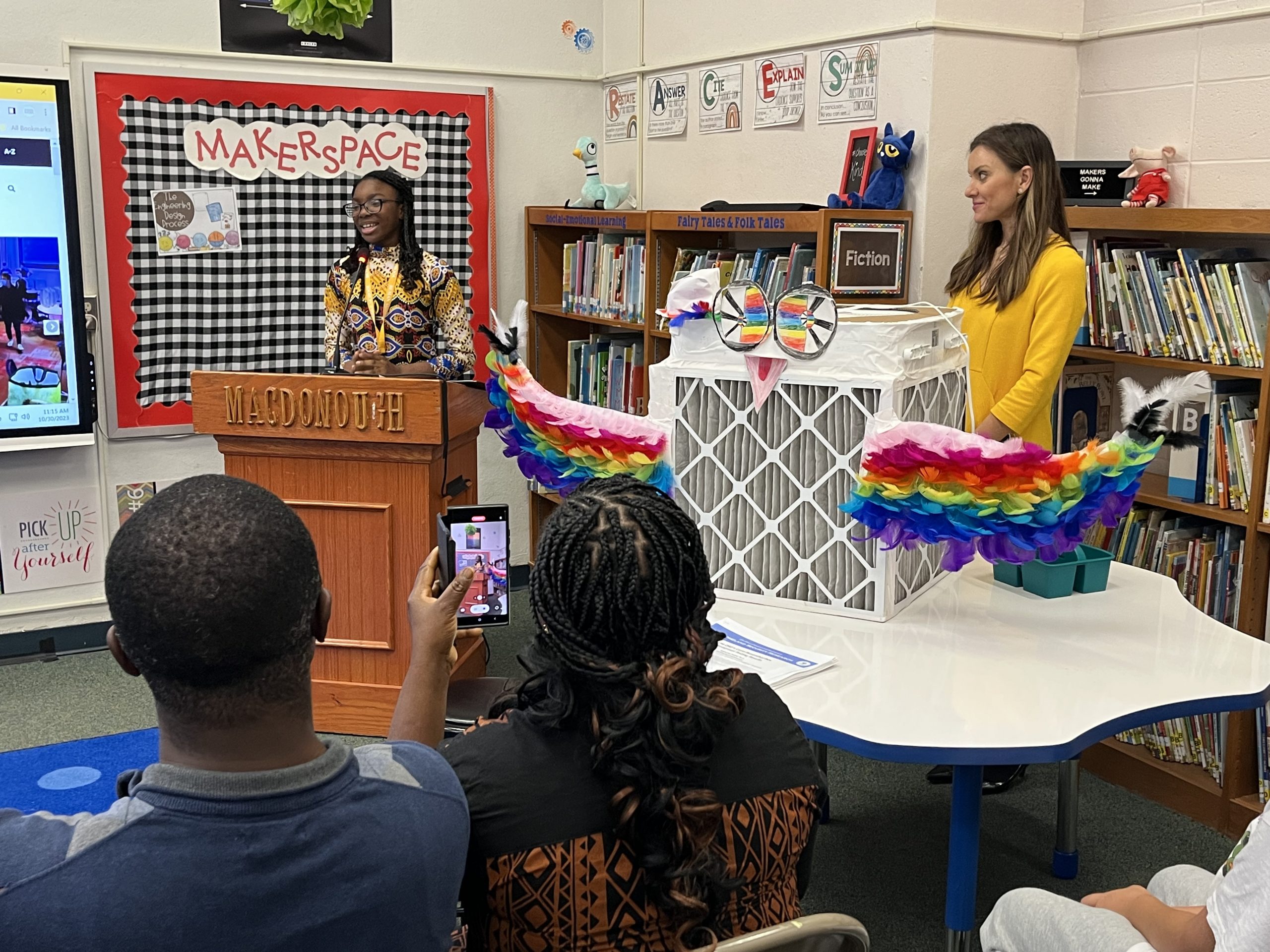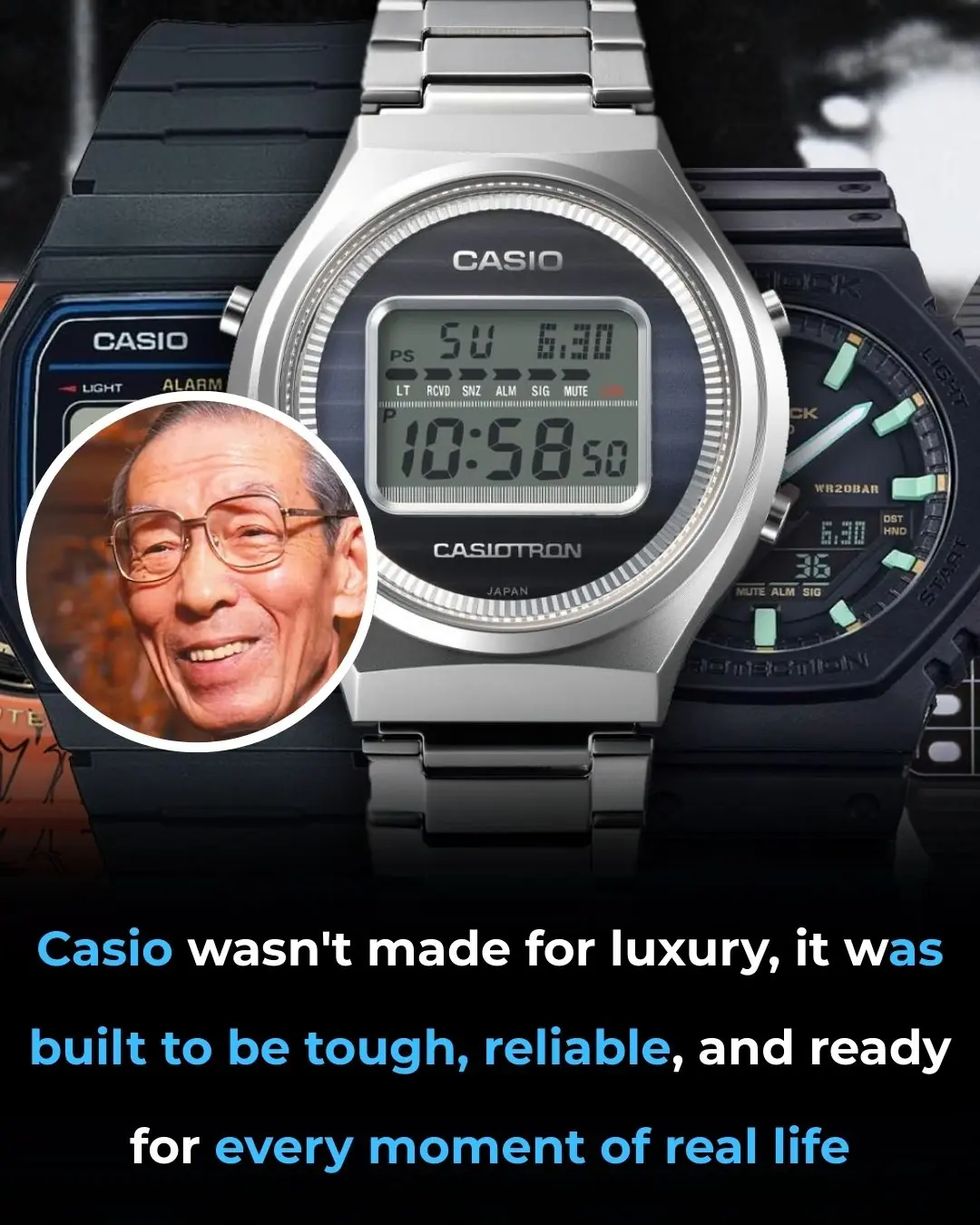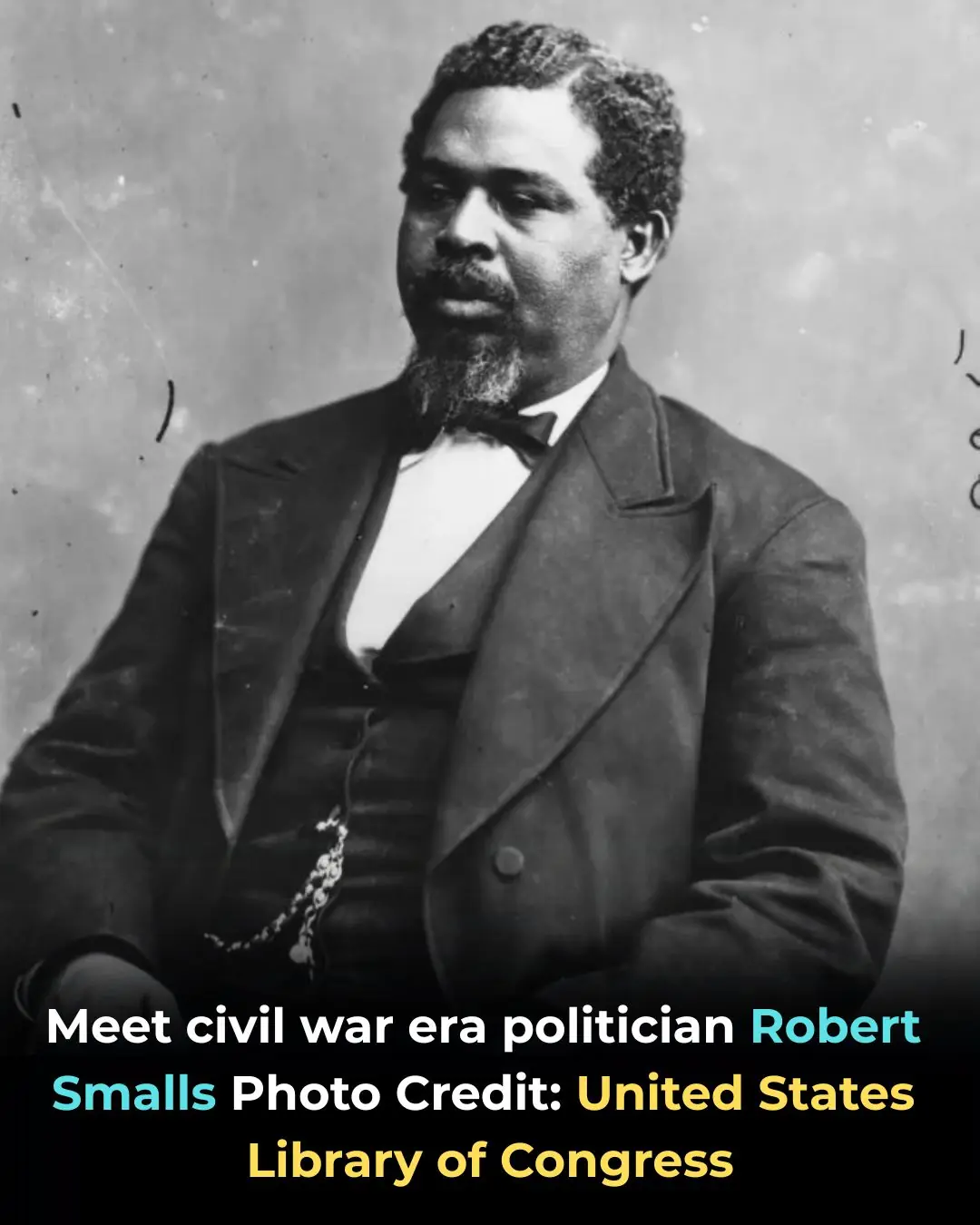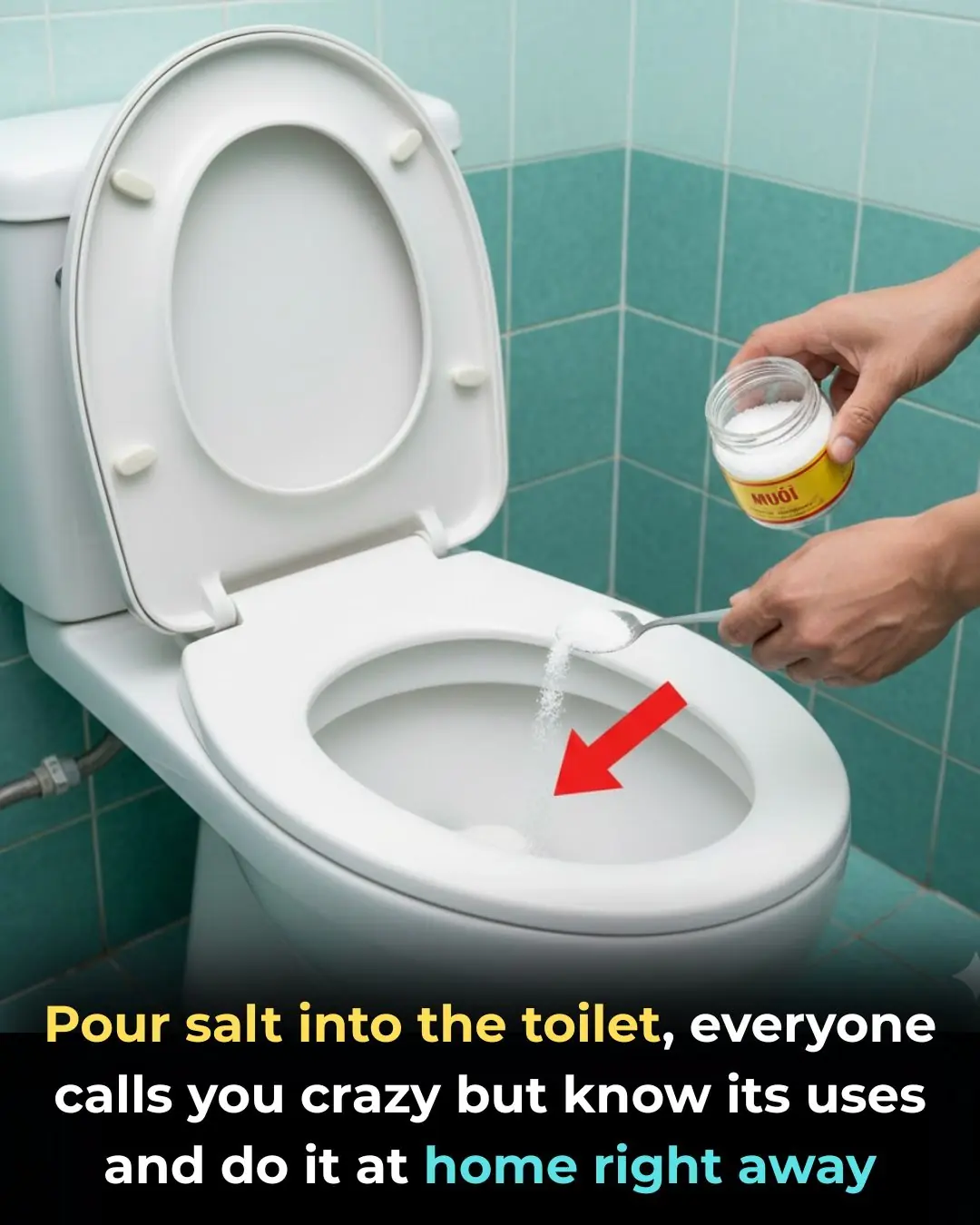
12-Year-Old Innovator Creates Low-Cost Virus-Removing Air Filter Adopted Across Connecticut
12-Year-Old Innovator Creates Low-Cost Virus-Removing Air Filter Adopted Across Connecticut
Twelve-year-old Eniola Shokunbi, a student from Connecticut, has captured national attention after designing an affordable, do-it-yourself (DIY) air filter capable of significantly reducing airborne viruses in classrooms. Built with everyday materials—such as a basic box fan, cardboard, duct tape, and standard HVAC furnace filters—her design costs only around $60 but delivers air-cleaning performance comparable to professional systems.
This simple but powerful device is based on the well-researched Corsi–Rosenthal Box concept, which gained popularity during the COVID-19 pandemic for its proven ability to reduce viral aerosols using inexpensive materials. According to U.S. Environmental Protection Agency (EPA) tests, air filters of this type can remove over 97% of viral particles in 30 minutes and more than 99% within one hour, making them a practical and effective solution for schools and indoor public spaces.
(Source: EPA & University of Connecticut research)

Statewide Support Through $11.5 Million Funding
Recognizing the impact and practicality of Eniola’s work, the Connecticut State Bond Commission approved $11.5 million to expand her design statewide. This funding will support the new program called SAFE-CT (Supplemental Air Filtration for Education).
Administered through the University of Connecticut (UConn), SAFE-CT will help produce, install, and monitor these DIY virus-removing filters in classrooms across Connecticut. The initiative aims to:
-
Reduce the spread of viral illnesses
-
Improve indoor air quality
-
Support student health and attendance
-
Create safer learning environments throughout the school year
Public health researchers have repeatedly emphasized the importance of proper indoor air filtration in reducing airborne disease transmission—an issue highlighted during the pandemic. The Corsi–Rosenthal Box design, which inspired Eniola’s project, has been validated in multiple peer-reviewed studies for its effectiveness in removing viral aerosols and fine particulate matter.
(Sources: Environmental Science & Technology Journal, EPA, UConn)
A Global Example of Youth Innovation and STEM Education
Eniola’s achievement has attracted attention not only in the United States but around the world. Her story is seen as a powerful example of the importance of STEM education, creative problem-solving, and youth-driven innovation.
Her invention shows that even with simple materials and a brilliant idea, a young student can develop life-saving technology that benefits entire communities. It also demonstrates how accessible engineering and science-based projects can inspire the next generation of innovators.
Eniola’s air filter continues to serve as a reminder that creativity, determination, and scientific curiosity can lead to solutions that protect public health and make classrooms safer for everyone.
News in the same category


Wood vs. Diamonds: The Cosmic Rarity of Life's Fingerprint

🌌 An Accidental Revolution: How the Search for Black Holes Led to the Invention of Wi-Fi

📈 The $5 Trillion Threshold: NVIDIA Becomes the World’s Most Valuable Company, Reshaping Global Economic Influence

🐝 The Silent Threat: Research Links Cell Tower Radiation to Harmful Effects on Honey Bee Health

Why Some Eggs Are Speckled

What Are the “Black Triangles” Between Your Teeth

Inserting a toothpick into this exact spot on the electric kettle has an amazing effect — a useful trick everyone should know

Crocodile Tears Explained: From Natural Reflex to Cultural Legend

Millions Travel Nationwide for a Nostalgic and Festive Thanksgiving Weekend

⌚ The Unassuming Icon: Casio’s Enduring Philosophy of Utility Over Luxury

✨ A Young Innovator’s Global Impact: Rachel Brouwer’s Solar Water Purifier Offers Hope to Underserved Communities

🤫 The Quiet Confidence: Why Healthy, Stable Couples Post Less on Social Media

Kamala Harris Sparks National Conversation on Lowering the Voting Age

🧠✨ Stunning MRI Images Reveal the Hidden World of Babies in the Womb

Doctors Discover First-Ever Live Worm Found in a Human Brain: A Historic Medical Case in Australia

Why Bees Land on Fresh Laundry: Understanding Their Attraction and How to Prevent It

What Are the “Black Triangles” Between Your Teeth

Billionaire Judy Faulkner, 82, Commits to Giving Away 99% of Her $7.8B Fortune
News Post

Recreating a Legacy: Ruben Flowers Joins His Father as Co-Pilot on Captain Flowers’ Final Southwest Airlines Flight

Wood vs. Diamonds: The Cosmic Rarity of Life's Fingerprint

Local Washington State Park Changes Name Meaning To Honor Rosa Franklin, The States First Black Woman Senator

THIS SEED: AFTER 50, IT STRENGTHENS BONES & CURES ALL PAINS

High Blood Pressure Has a New Culprit

Civil War Era Politician Robert Smalls Becomes First African American to Receive Monument in South Carolina

How to treat nerve pain in the foot, toes & legs

Dr. Patricia Bath Set To Make History As First Black Woman Inducted Into National Inventors Hall of Fame

Unlocking the Power of Rosemary Tea: A Natural Elixir for Mind, Body, and Soul

🌌 An Accidental Revolution: How the Search for Black Holes Led to the Invention of Wi-Fi

📈 The $5 Trillion Threshold: NVIDIA Becomes the World’s Most Valuable Company, Reshaping Global Economic Influence

Angela Davis to Keynote Largest Black Feminist Conference in the Nation

🐝 The Silent Threat: Research Links Cell Tower Radiation to Harmful Effects on Honey Bee Health

NYC-Based Events Company Is Creating Spaces to Empower Indy Black Artists Across the East Coast

Why Some Eggs Are Speckled

Drinking Water the Right Way

This is the correct way to preserve pork in the freezer: The meat will not dry out, and will still retain all its nutrients for a whole month.

Pour salt into the toilet, everyone calls you crazy but know its uses and do it at home right away

What Are the “Black Triangles” Between Your Teeth
